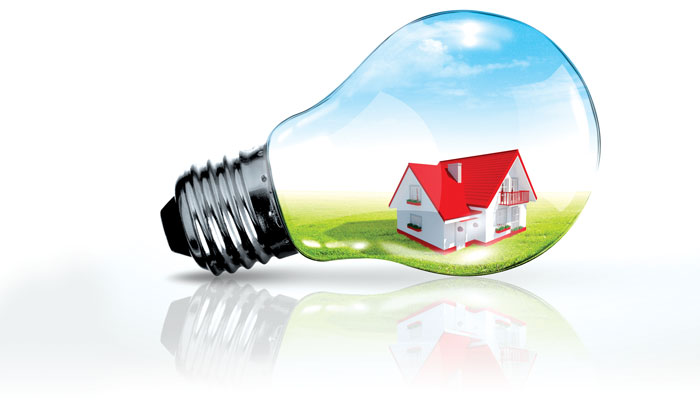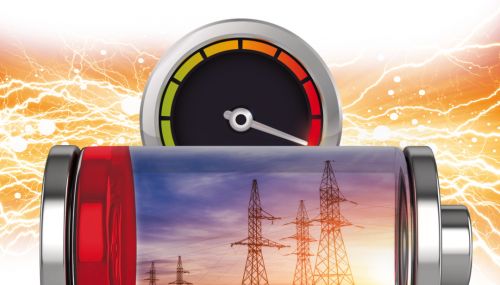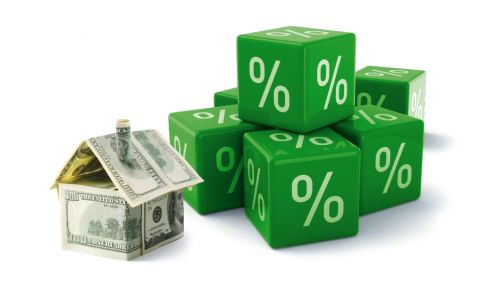Homes are scored for buyers on energy efficiency
The U.S. Department of Energy (DOE) is refining a new metric for residential energy consumption known as the Home Energy Score. The metric is in the early stages of development with only 14,000 U.S. homes scored, but DOE hopes to someday make it a ubiquitous standard, like a mileage sticker on a new car or an energy use sticker on a new appliance.
Oil & Energy recently reached out to DOE for an update on the Home Energy Score, which has been in development since 2009. The department provided the following description.
The U.S. Department of Energy’s Home Energy Score – similar to an MPG rating – allows homeowners and homebuyers to compare homes on an “apples to apples” basis and provides detailed, cost-effective recommendations on how to further improve a home’s energy efficiency and score.
Given that many homeowners make investments in home upgrades during the first year of ownership, the Home Energy Score is a valuable piece of information to have at point of purchase. Interested states and local jurisdictions can voluntarily choose to use or require it, but it is not mandatory on a national scale.
Homes are scored on a scale of 1 to 10, with a 10 indicating that the home has excellent energy performance. A score of 1 indicates the home needs extensive energy improvements. The Score is calculated based on an energy simulation of the house that takes into account a variety of house characteristics and other conditions, like local weather.
The Home Energy Score relies on data from more than 1,000 weather stations nationwide to adjust for local climate. In terms of heating and cooling, the Score considers the estimated efficiency based on equipment type, age and maintenance and also considers whether a home’s ducts are insulated and air sealed.
The Department created the Home Energy Score to serve as a low-cost and consistent means for assessing the energy performance of homes and for identifying opportunities for cost-effective energy efficiency upgrades.
Since launching the Home Energy Score in the summer of 2012, more than 14,000 homes (as of October 12, 2014) have been scored. Currently, there are nearly 250 Home Energy Score Assessors qualified to score homes, working under Home Energy Score partner organizations including utilities and state and local governments, among others.
The Department works with these partners around the country to implement its scoring program. Currently, there are 19 active Partners with coverage in 14 states, including one active national Partner – the Building Performance Institute (which has the ability to provide coverage in any region of the U.S.). The Department expects additional key Partners, including states with interest in adopting the Score statewide, as well as utilities, home inspector and HVAC contractor organizations, to sign on over the next year.
While the Department offers assessor training, testing, and access to the Home Energy Scoring Tool free of charge, it is up to the local Partners and Assessors to determine what fee to charge consumers for the Score. Some offer it as an add-on service free of charge with the goal of motivating consumers to invest in energy efficiency improvements, while others charge a fee.
The Department expects the Home Energy Score – as a national standard for assessing homes’ energy efficiency – will continue to increase its prevalence in the market. The Score is designed to serve as a motivational tool for homeowners and homebuyers to improve the energy efficiency of homes, thereby lowering demand on limited energy resources.





